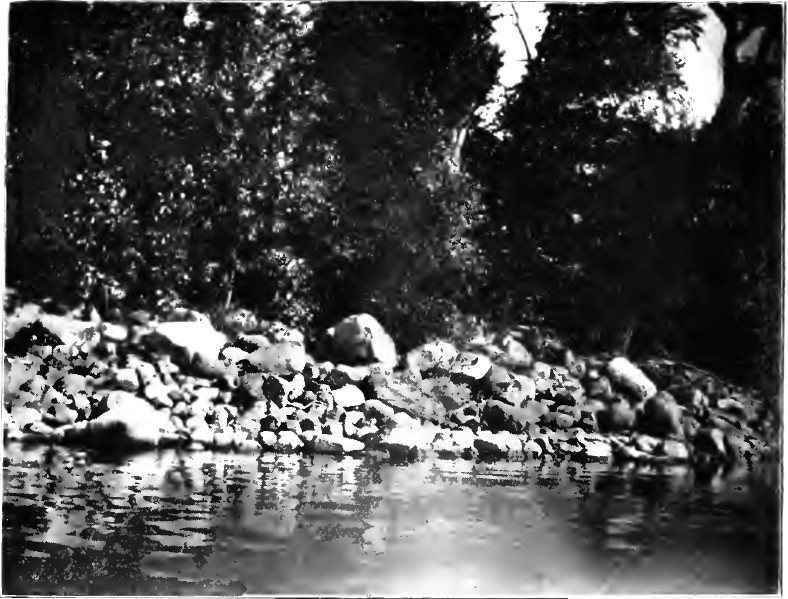<![CDATA[According to reports, child skulls were offered as gifts to lake gods in the Bronze Age era. Numerous skulls of children have been found at the edges of settlements of the Bronze Age. These skulls were found to be encircling ancient villages all around the lakes of Germany and Switzerland. Many of these skulls featured traumas of axe blows as well. According to Benjamin Jennings, an archaeologist at the Basel University, the children weren’t considered to be human sacrifices who were killed and offered to the gods. However, it is believed that children might have been offered to the lake gods after death as gifts from the people to save them from things like floods. Ever since the early 1920s, it has been common knowledge that there were a few ancient villages located around the Alpine lakes of Germany and Switzerland. However, the exact location of these sites was not determined until the 1970s and the 1980s, when a number of bronze age artifacts were excavated. In fact, the excavations uncovered as many as 160 dwellings and all sorts of items including jewelry, animal bones, hunting tools, gates and ceramics were uncovered. The wooden artifacts contained tree rings that also suggested that people lived in these sites in different eras, mostly between 3800 – 2600 B.C.E. These people were commonly subjected to flooding. As a result, they would have to move when water levels began to rise and come back only once the waters receded. According to the Antiquity Journal, this was one of the main reasons fences, stilt houses and sturdy wooden foundations came into existence. However, in the recent past, archaeologists have also uncovered a number of other aspects of these bronze era civilizations, particularly the gruesome details behind child skulls being offered as gifts. Researchers believe that many of the skulls were offered to the lakes long after the burial, mostly at a time when flooding was at its worst. Jennings and his team took a closer look at these child fossil skeletons. According to his findings, most skeletons belonged to children under the age of 10. Even though most of these children suffered from respiratory ailments, researchers believe that mercy killings could not have been warranted for their conditions. The skulls contained obvious signs of trauma suffered from clubs. However, the injuries were not uniform with those that are associated with ritual killings. Therefore, it is believed that these children died in warfare and were then offered to the gods. According to Jennings, the human skull was considered to be socially charged and highly symbolic in the prehistoric era across Europe. However, Jennings also states that countless questions pertaining to these Alpine people are still unanswered. For example, how the people from the prehistoric times treated their dead is relatively unknown.]]>
Child Skulls Offered As Gifts to the Gods of the Lake?
